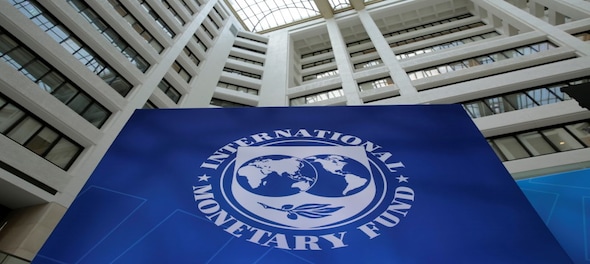
While Asia's inflation has remained lower than global peers, rising shipping costs may change that soon, said the International Monetary Fund (IMF) in its blog.
As economies recover from the effects of the COVID-19 pandemic, the pent-up demand, higher cash flow from financial stimuli, supply challenges and global logistical disruptions have contributed to inflation in many countries.
But Asian economies, both advanced and emerging, have managed to navigate through the pandemic without reaching similar levels of inflation.
IMF data shows that headline inflation in Asian Emerging Markets and Developing Economies (EMDE) stood at 2.9 percent. Non-Asian EMDE headline inflation was at 6.6 percent at the same time. Asian Advanced Economies (AE) had a headline inflation of 1.3 percent compared to 3.3 percent in other AE.
Differences in inflation figures for more volatile goods like food and energy were starker. Food inflation was only at 1.6 percent in Asian EMDE compared to 9.1 in Non-Asian EMDE. Energy inflation in Asian AE was at 4.2 percent compared to 6.8 percent in other AE.
"Several factors explain Asia’s lower inflation. Among Asia’s emerging economies, a delayed recovery has kept core inflation—which strips out volatile food and energy costs—running at half the rate of peers in other regions," the IMF said.
Global pressures increasing economic inflation are expected to gradually recede in 2022. But increasing prices for shipping costs may prove to be an issue for Asian economies.
"One benchmark measure of global shipping costs, the Baltic Dry Index, tripled this year through October: our analysis shows such large increases in shipping costs boost inflation for 12 months, which could add about 1.5 percentage points to the pace of Asia’s inflation in the second half of 2022," said the international economic body.
The rise in global shipping rates has been precipitated by the turbulent changes brought on by the COVID-19 pandemic. When the pandemic first forced countries to close down in 2020, international trade was brought to a screeching halt. While the effect of lockdown on maritime shipping was less severe than initially thought, its repercussions are still being felt. The economic recovery demands global shipping to catch up to the pent up demand for shipping and trade while global logistics chains lie in a shambles.
In 2021, maritime trade had to suddenly ramp up its services, something that it was unprepared for. Local restrictions due to the Delta variant made matters more complicated. The Suez-Ever Given crisis earlier this year added to the woes.
Container shortages, with containers being stuck far inland in port, labour shortages due to lockdown restrictions, higher costs for fuel, and ports backed up with ships trying to load and unload meant that shipping times were extended by several weeks, and costs continued to rise. While prices have marginally declined from all-time highs earlier in the year as the peak season recedes, they still remain at elevated levels.
The World Container Index is still up by 169 percent, with prices of $9,292.39 per 40ft on December 16, according to data from Drewry, an independent maritime research consultancy.
Experts estimate that it can take up to 30 months for prices to fall back down to normal, but additional pressures may make the new prices ‘stickier’. For consumers in the meantime, this can lead to prices of certain goods go up by up to 10 percent. Items like computers and other electronic products, bulky items like furniture, and apparel and clothing products can all see an increase of 10 percent in their cost, according to estimates by the United Nations Conference on Trade and Development (UNCTAD) in a report. The UNCTAD report highlighted that the surge in freight rates can contribute to a 1.5 percent increase in consumer prices globally.



